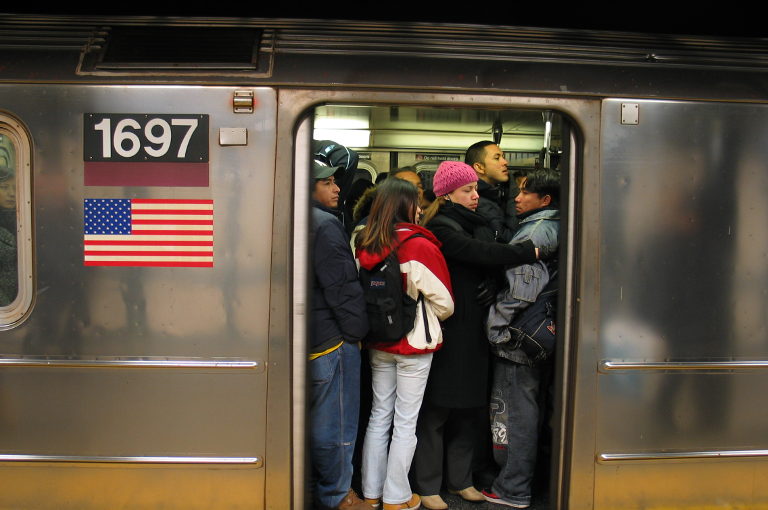Cable television news now frames its news anchors with constantly updated coronavirus statistics, usually the number of cases and the number of dead. There is a sense of urgency in those numbers as viewers watch them tick higher. But, by definition those numbers cannot move otherwise since they are totals of past events.
A more useful indicator would be current active cases. But, that would be hard to count since so many cases are mild or at least uncounted among those now ordered to stay home. And, there are not currently enough testing materials to do complete testing of the world’s population. As it turns out, the number of people who have had the virus may be 50 to 80 times higher than what is currently being recorded. The best we can do for now is to track the number of new cases identified by tests not yet widely available in many areas and see if they decline.
More than anything public officials want to convey the impression of understanding what we face and having solutions to control the outbreak. What they have done successfully in some places through severe social distancing and stay-at-home orders is to reduce the velocity of the spread of the virus without any ability to reduce the number of people who will ultimately contract it. It is really only a matter of time before all those who remain susceptible will get infected unless they hide in total isolation away from humans for good or until an effective vaccine is available—which may be a long time and possibly never. See here and here.
All the counting and the relentless predictions about when a vaccine might be available are really the result of a narrative that says we will soon return to the world we left when coronavirus arrived.
But counting is not the same as understanding and forecasts are not the same as control. In the midst of this crisis we, of course, respond by attempting to protect ourselves and our loved ones and by simply muddling through. But now, more and more the public wants to know when the crisis will be over. When will the fix be available?
The trouble with that thinking—besides the fact that an effective vaccine my never arrive—is that it fails to take into account the totality of the situation. I’ve been telling friends that our entire global society looks as if it were designed by a virus. We have dense urban habitats linked by plane flights that put no part of the world more than one day away from any other by air.
We have sea transport that constantly lands cargo and sailors from across the world on every shore. We have land transport—passenger rail, buses, cabs, subways and private automobiles—that can easily move infected persons out in all directions from major ports and inland cities.
We have food systems that move food across countries, continents and oceans. What role this has played in the current outbreak in unknown but thought to be insignificant. That may not be true for future outbreaks of novel viruses.
Which brings us to my point: We are (quite understandably) so focused on the current pandemic that we fail to comprehend that the coronavirus was introduced into a specific social, political and economic context. When we clamor for a vaccine and nothing else, we change nothing that might mitigate the effects and spread of the next novel virus.
Our hyperconnected world is the proximate cause of the rapid, worldwide spread of the coronavirus. Our emphasis on medical fixes neglects the important role of resistance to disease through diet, exercise, good mental health—stress is strongly correlated with disease—and access to competent medical care. We would do well to examine carefully those who are infected but show no symptoms. What do they have to teach us about immunity?
We cannot by definition have a vaccine in advance of the next pandemic. We will have to focus on other factors, factors far more difficult to address than developing a vaccine for the current viral epidemic.
Focusing on all those other factors implies a revolution in the way we think about our health (prevention instead of treatment) and the way we think about our responsibilities to one another. It would be a huge mistake to exclude the poor and near poor from any program to improve overall health through diet, exercise and better overall living conditions through improved economic security (which forms the basis for better diet, exercise, and health care and would also lower mental stress, a major factor in disease). Neglecting this group only means that this is where a novel virus will take hold first. It always seeks out the most vulnerable.
Many people these days are saying that “we’re all in this together.” Will they remember that when it comes time to pay for the reconstruction and reorganization our societies need in order to actually reflect that truism?
Photo: Crowded subway car of 7 train Queens bound late evening at 74th Street station. Photo by Daniel Schwen 2005. Wikimedia Commons https://commons.wikimedia.org/wiki/File:NYCSub_7_car_exterior.jpg






